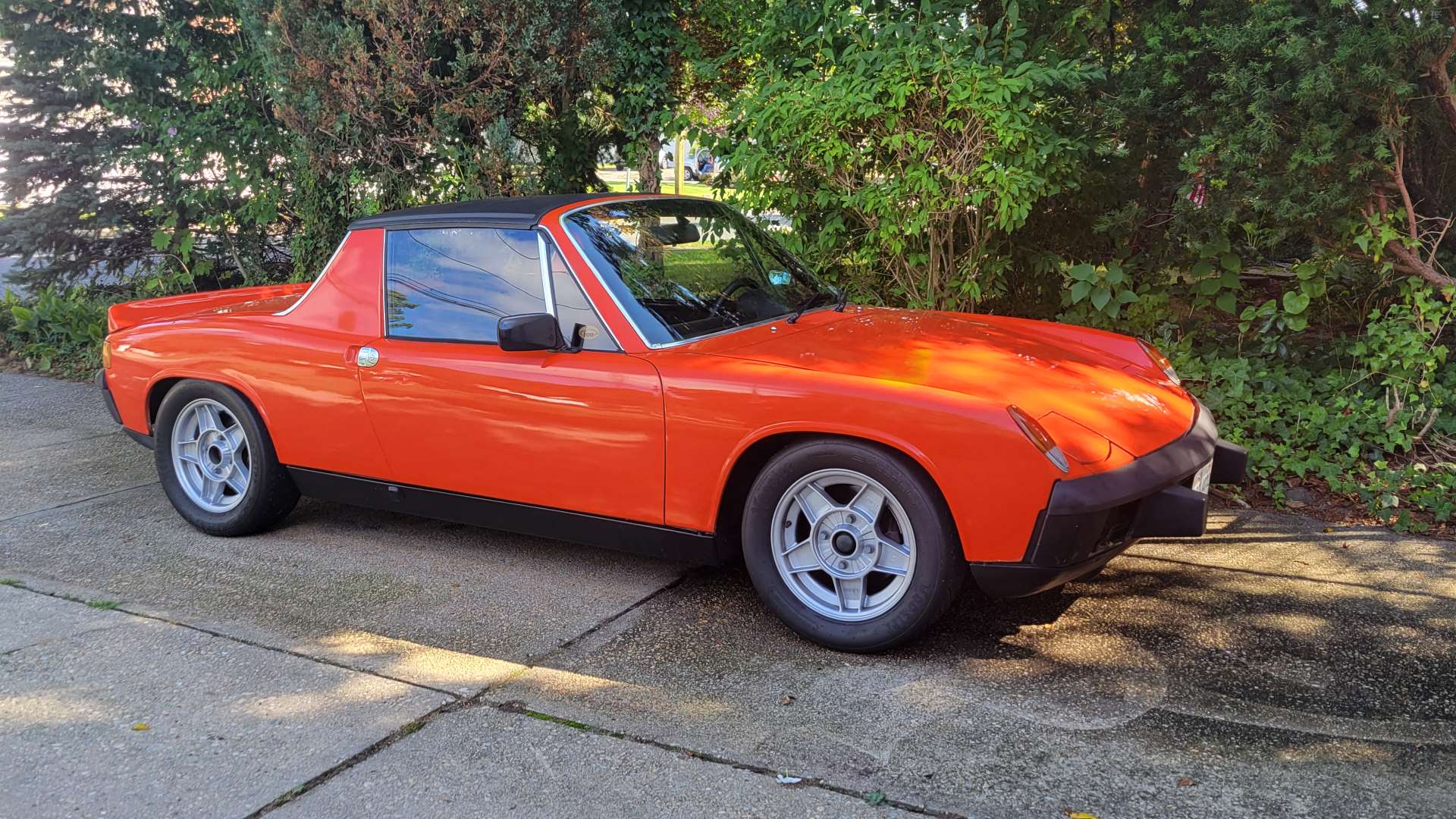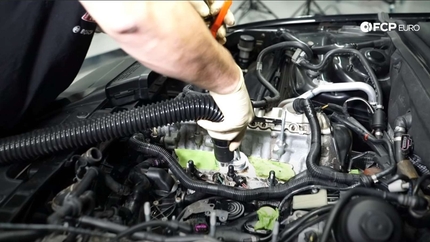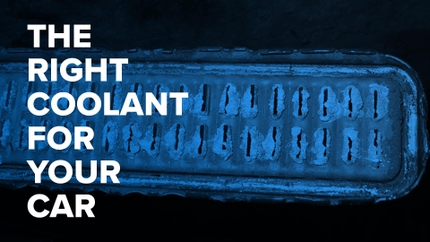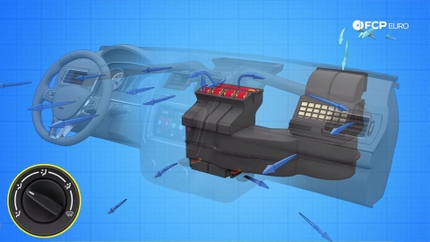- 02/03/2021
- 4 Min Read
- By: Christian Schaefer
How To Replace The Brake Vacuum Pump On A Volkswagen Mk5 GTI (Audi A3, A4, VW Jetta, & More)
Like every modern turbocharged engine, the EA113 in the Mk5 GTI uses a vacuum pump to assist various engine bay components. The pump mounts directly to the back of the cylinder head and is driven off the back of the intake camshaft. Thanks to Volkswagen's use of a transverse engine layout, the vacuum pump is easily accessible and straightforward to replace. A healthy vacuum pump is critical to a turbocharged engine and should be replaced at the first sign of trouble.
The replacement process for the pump is very simple. By following this DIY, you'll be able to change the pump quickly and ensure that you've done it correctly. Check the area around the pump for anything that may be broken or leaking. While changing the pump, any leaks from the back of the valve cover gasket or the high-pressure fuel pump will become apparent.
Volkswagen models and years applicable:
|
|
|
|
|
|
|
|
Symptoms of a failing vacuum pump on a Mk5 GTI:
- Oil leak on the back of the cylinder head
- Hard brake pedal
All engines need a constant source of vacuum while being used. Engines without turbochargers produce their vacuum naturally as they pull in all the air they use. Turbocharged engines, however, have positive boost pressure created by the turbo, so they need the vacuum pump to provide a source to several different areas in the engine bay.
Every car's power brakes since the '60s use vacuum pressure to give "power" to the brakes. The vacuum assists you as you depress the brake pedal, making it softer to press. Without the proper vacuum, the pedal will become harder to press and will require more force to stop the vehicle. Besides the brakes, the pump also provides vacuum to various emissions controls and the turbocharger's wastegate actuator.
How long will it take to replace the vacuum pump on a Mk5 GTI?
The vacuum pump on the GTI is easily accessible once you remove the engine cover and intake. You'll be able to finish this job in under an hour, even with a lack of mechanical aptitude.
How much will it cost to replace the vacuum pump on a Mk5 GTI?
The only part you need to buy for this job is the new vacuum pump. The OE pump, made by Pierburg, will run you $164.
Parts required to replace a Mk5 VW GTI vacuum pump:
Tools required to replace a Mk5 VW GTI vacuum pump:
- T25 Torx Bit Socket
- T30 Torx Bit Socket
- ¼' Drive Ratchet
- Extension
- Screwdriver
- Torque Wrench
- Flash Light
Steps required to replace a Mk5 VW GTI vacuum pump:
Step 1: Remove the old vacuum pump
The stock airbox on the Mk.5 GTI routs through the engine cover. Use a pair of pliers to remove the hose clamp from the small intake snorkel on the right side of the cover. Use a T25 Torx bit socket to remove the two fasteners that secure the front of the snorkel to the rest of the intake.
Then, disconnect the mass airflow sensor and use a flathead screwdriver to unlock the turbo inlet pipe's clips. Pull the pipe off of the engine cover and then lift the engine cover off of the engine. It mounts on four rubber grommets, so you just need to pull it up to remove it.

The vacuum pump sits on the back of the intake camshaft, just behind the high-pressure fuel pump. Use a T30 Torx bit socket to remove the three bolts that secure the pump to the cylinder head. The mounting bolts are not the three fasteners securing the back cover onto the pump.
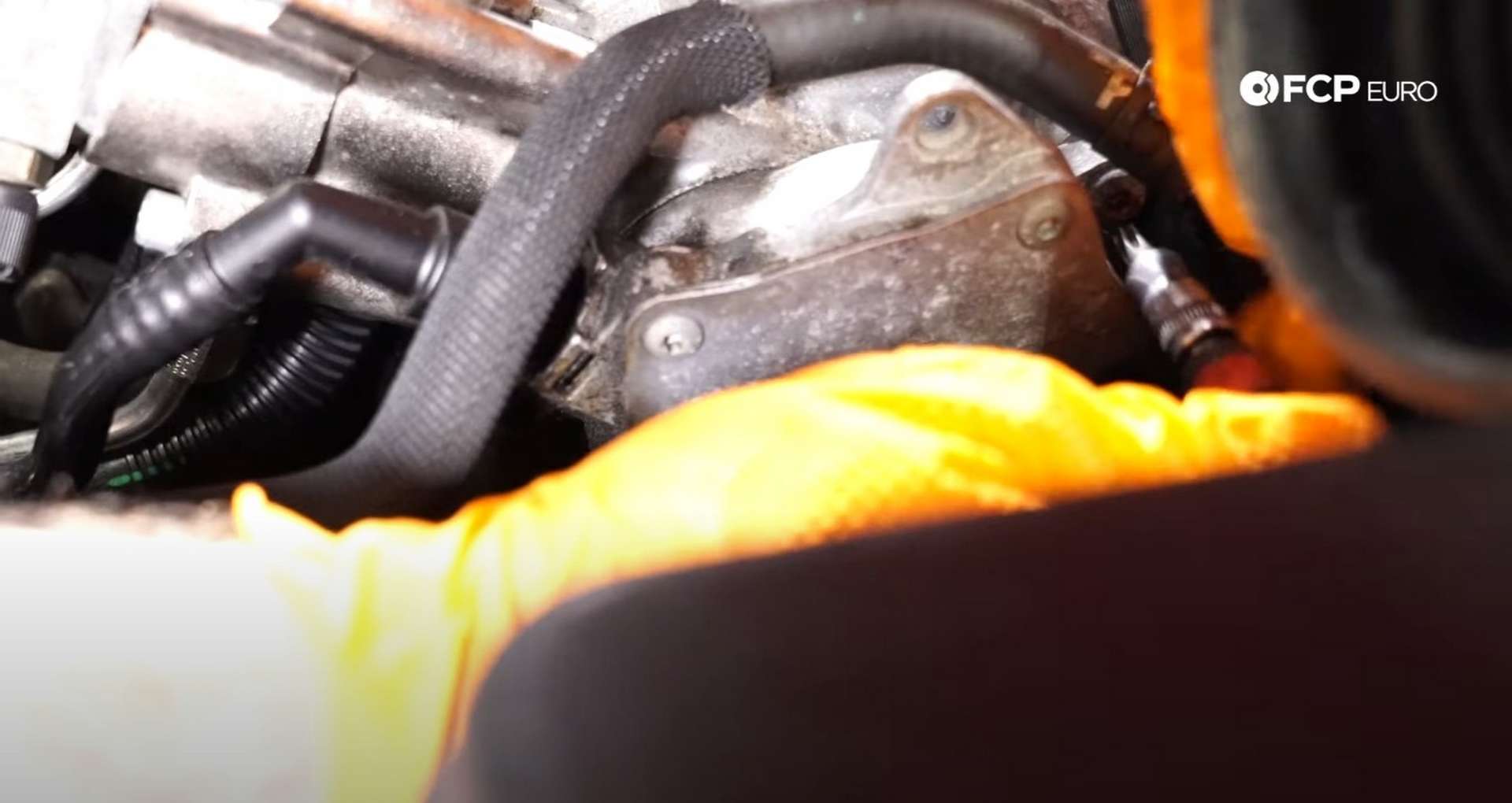
Pictured above is the location of the first bolt. The second one mounts down and to the left of the vacuum hose port, and the third is beneath the pump, straight down from the first bolt.
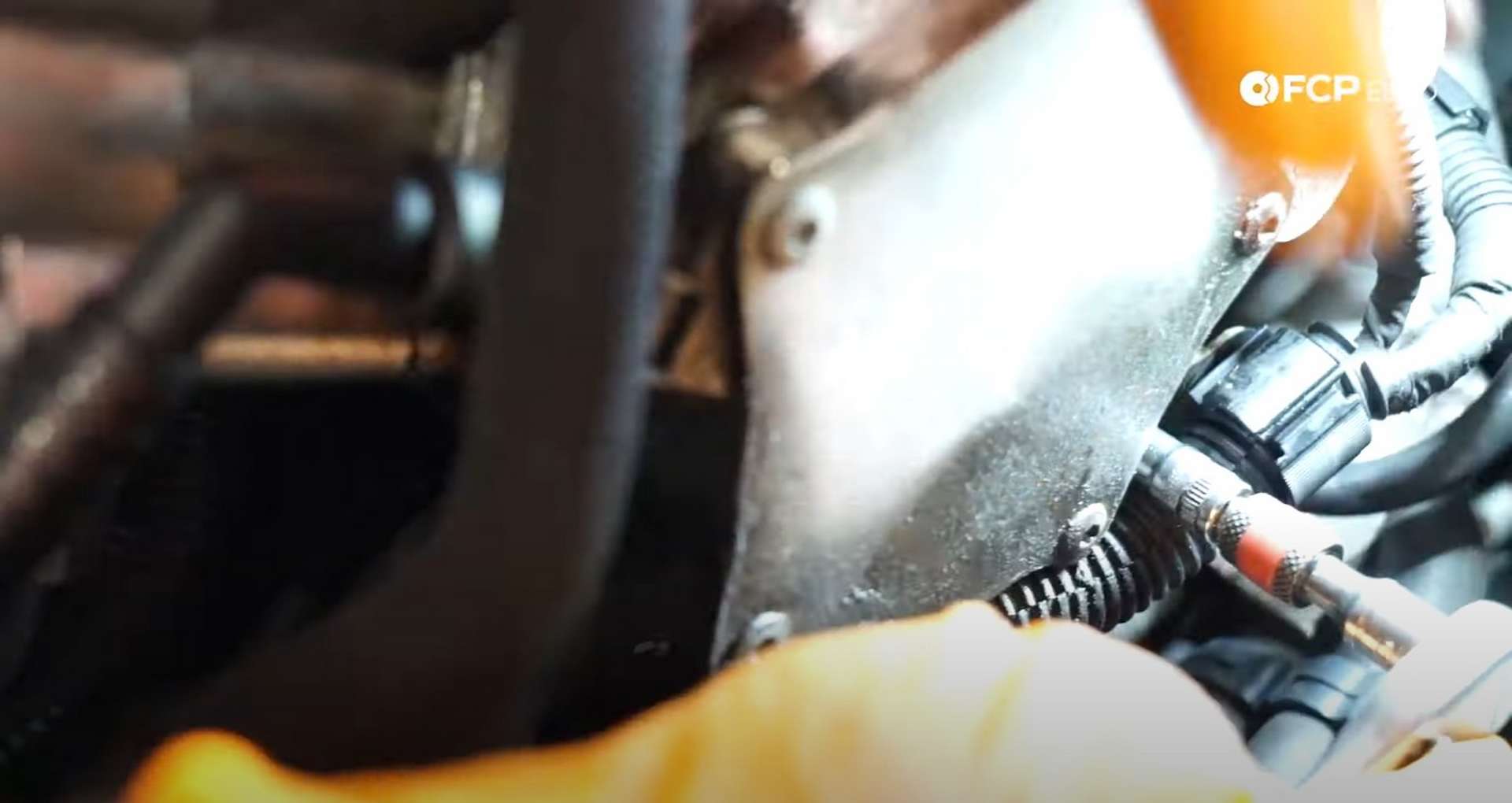
Next, pull the vacuum hose off of the pump. After that, pull the pump off of the cylinder head. Have a rag at the ready; oil may leak out of the opening in the head.

Remove the old o-ring if it sticks to the head. The new o-ring is already seated on the new pump.
Step 2: Fit the new vacuum pump
First, pop the cap off of the vacuum nipple. Then, look at the back of the camshaft and get a feel for the groove's orientation. Rotate the drive on the pump to match with the groove and then fit it onto the head.

Use the T30 Torx bit socket to thread in all three bolts by hand before snugging them with a ratchet. Then, use that same socket and a torque wrench to torque the bolts to 11Nm.
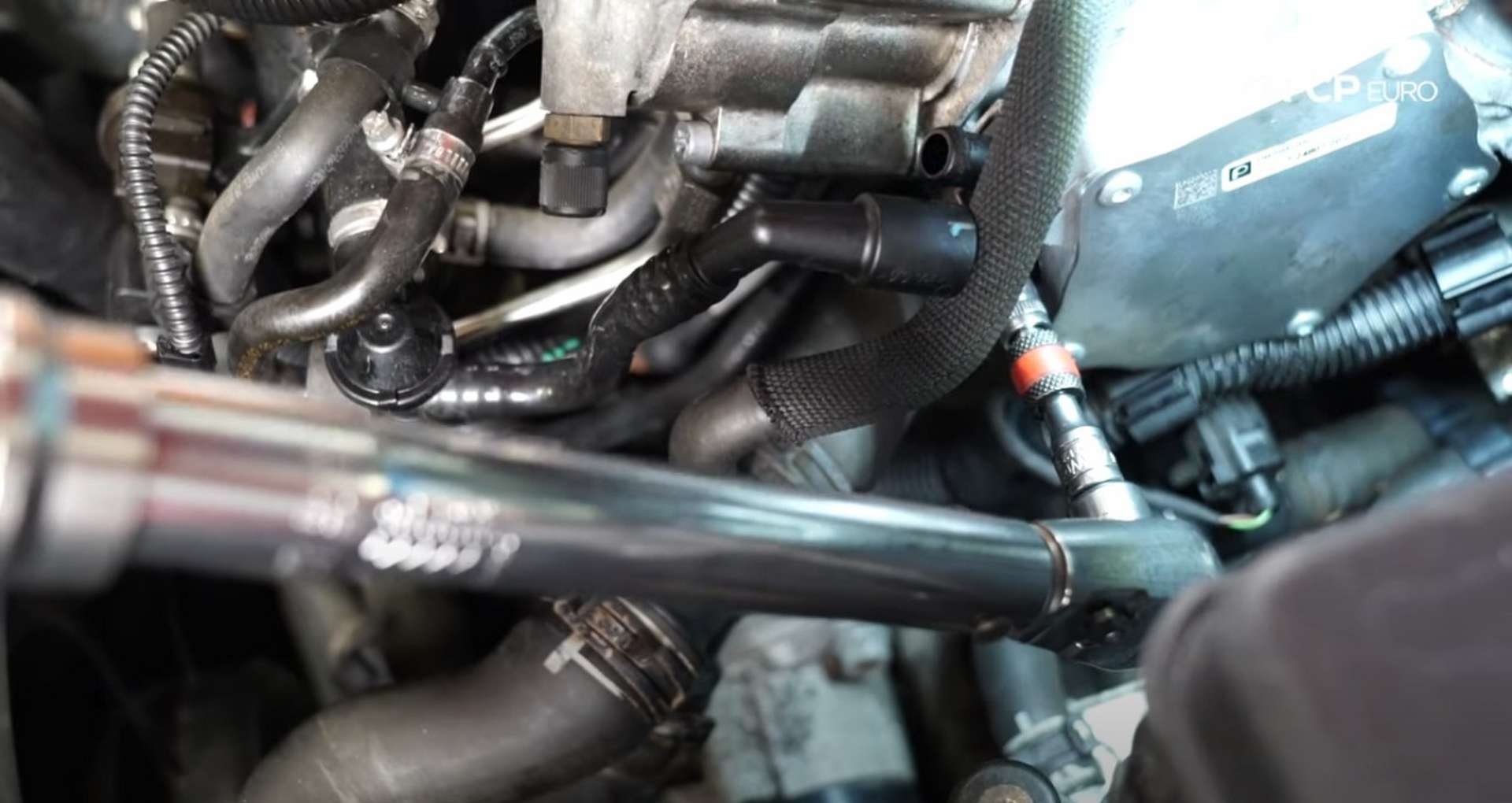
After that, fit the brake vacuum hose to the pump and refit the intake. Clip the intake into the turbo inlet and then rotate the cover down and onto the engine. Plug the mass airflow sensor in and refit the intake snorkel at the front of the cover. Use a T25 Torx bit socket to secure the snorkel.
VW Mk5 GTI vacuum pump torque spec:
- EA113 Vacuum Pump Bolts = 11Nm or 8.1 ft-lbs, of torque
Now that you've replaced your vacuum pump, you can get back to trouble-free driving! If you're interested in more DIYs for your Volkswagen, you can visit vw.fcpeuro.com or subscribe to our YouTube channel.

